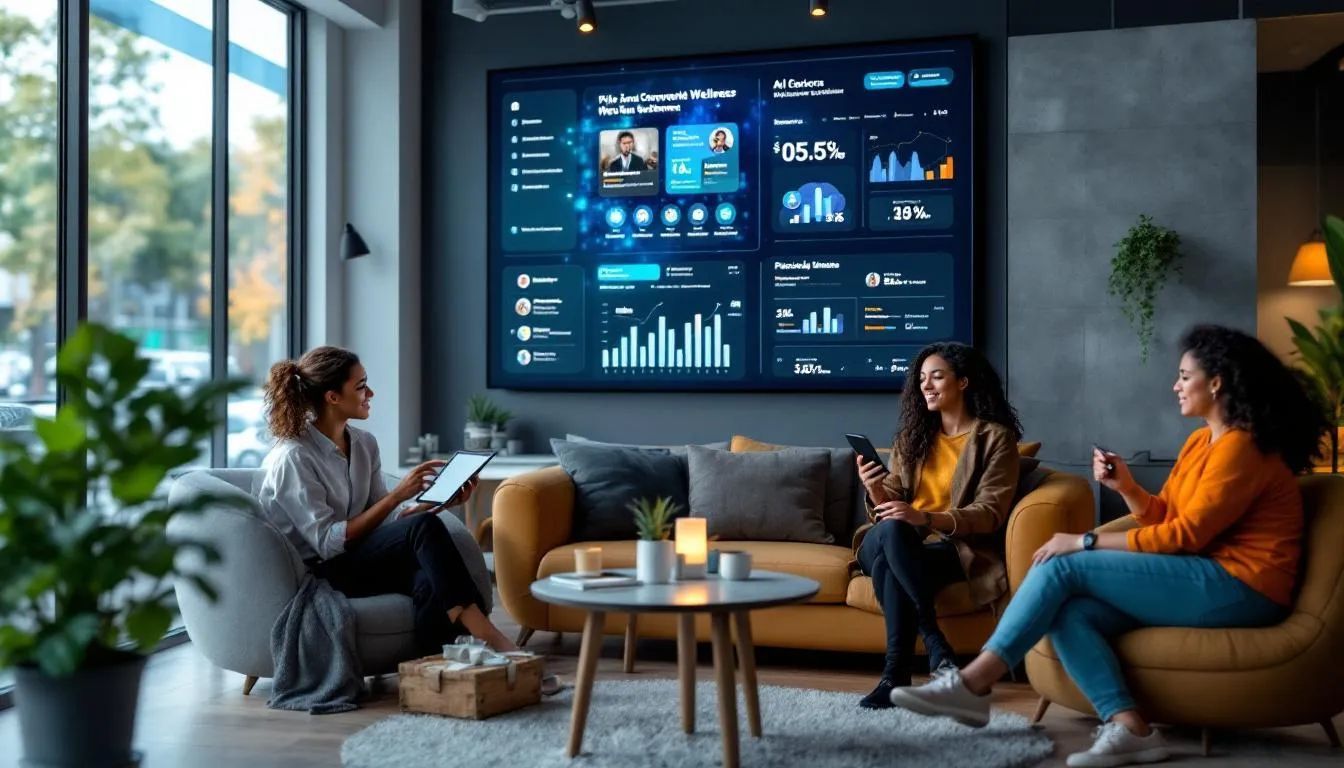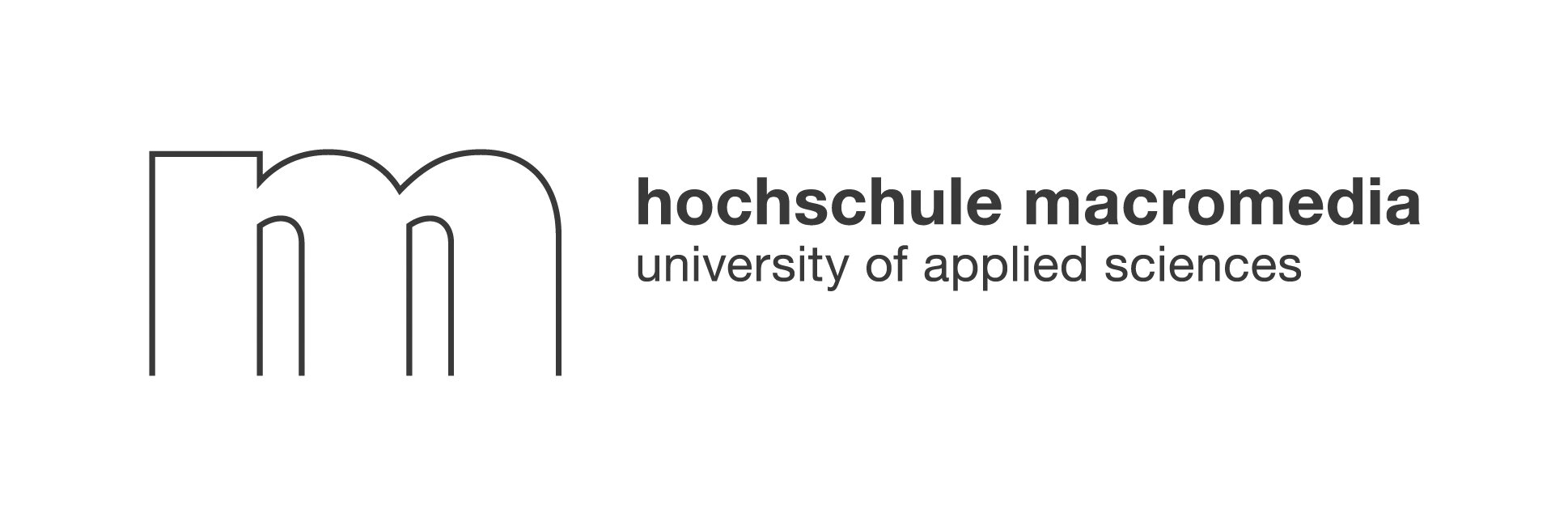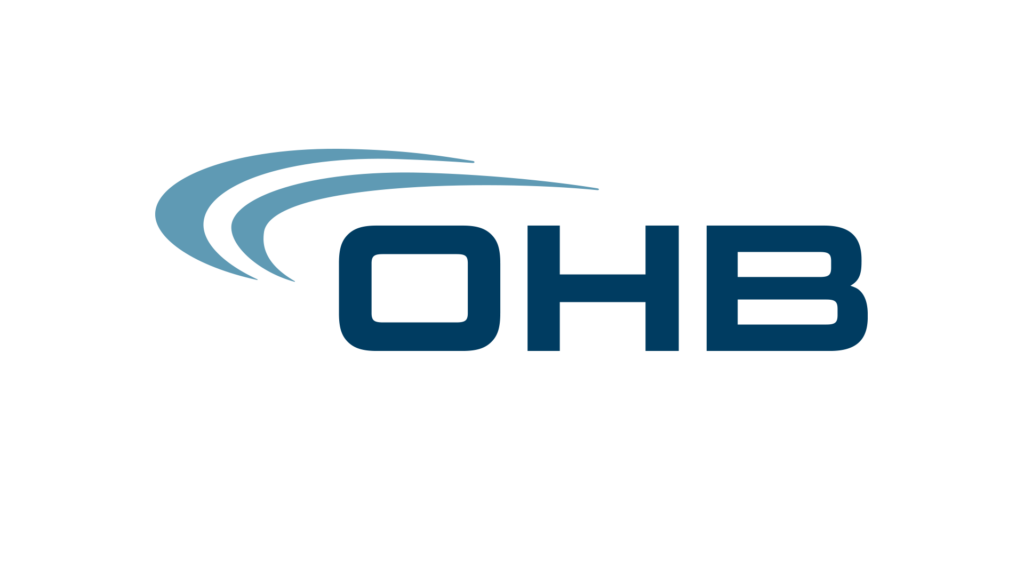Understanding Corporate Health and Wellness in 2025
Holistic care vs traditional benefits
Corporate health and wellness in 2025 is not just about gym discounts or annual health screenings. The landscape has shifted from transactional perks to holistic care—programs that nurture the physical, mental, social, and financial health of every employee. While traditional benefits focus on coverage and compliance, holistic wellness initiatives prioritize the whole person, recognizing that well-being is interconnected and deeply personal.
Companies now realize that offering a one-size-fits-all program, like generic step challenges or basic nutrition tips, rarely sparks lasting engagement. Employees crave experiences that fit their unique interests, lifestyles, and work environments. The best programs blend physical activity, stress reduction, social connection, and personal growth into a seamless, accessible journey.
Post-pandemic mindset shifts
The COVID-19 pandemic redefined what matters most at work. Employees are more vocal about mental health, flexibility, and work-life balance. Hybrid and remote models are here to stay, but they come with new challenges—loneliness, screen fatigue, and a sense of disconnection from coworkers. As a result, corporate health and wellness strategies must evolve, fostering genuine human connection and supporting well-being wherever employees are.
“The future of workplace wellness is personal, social, and adaptive—meeting employees where they are, not where a policy says they should be.”
The Business Case: Why Wellbeing Fuels Performance

Productivity, engagement and retention
A thriving workforce is a competitive advantage. Research shows that robust corporate health and wellness programs drive higher productivity, deeper engagement, and stronger retention. Employees who feel cared for and connected are more likely to bring their best selves to work, collaborate effectively, and stay loyal to their organization.
A Harvard Business School study found that every dollar invested in wellness yields $3.27 in reduced medical costs and $2.73 in lower absenteeism. Companies with engaged wellness cultures see lower turnover rates and higher morale, especially in hybrid settings where organic connection is harder to build.
Reducing healthcare and absenteeism costs
Chronic diseases and stress-related illnesses are a major drain on company resources. Effective wellness programs help prevent these issues through early intervention, education, and social support. By reducing employee health risks, companies can rein in healthcare expenses, minimize lost workdays, and create a more resilient workforce. The return on investment is clear: healthier employees mean healthier bottom lines.
Core Pillars of a High-Impact Wellness Program
Physical health initiatives
Physical well-being remains foundational. Modern programs go beyond gym memberships to include virtual fitness classes, group walks, and ergonomic support for home offices. The key is flexibility—allowing employees to choose activities that fit their schedules and interests, whether that's a lunchtime yoga session or a weekend cycling group. Integration with fitness apps and wearables makes tracking progress effortless and engaging.
Mental and emotional support
Mental health is now a top priority. Leading companies offer confidential counseling, mindfulness workshops, and peer support circles. Regular check-ins, stress management resources, and destigmatizing conversations help employees feel safe and supported. In 2025, digital platforms make it easy for employees to access mental health tools and connect with others who share their challenges and goals.
Financial and social wellbeing
Financial stress can undermine overall health. Progressive wellness programs provide financial literacy workshops, access to advisors, and resources for managing debt or planning for retirement. Social well-being—often overlooked—is equally important. Activities that foster authentic connections, like small-group interest meetups or team-building micro-events, help break down silos and build a sense of belonging.
Roadblocks to Success and How to Overcome Them
Budget constraints and leadership buy-in
Launching a comprehensive corporate health and wellness initiative can seem daunting, especially when budgets are tight. Leadership may hesitate to invest without clear proof of ROI. The solution lies in starting small, measuring impact, and sharing success stories. When leaders see tangible results—higher engagement, lower absenteeism, and positive feedback—they become champions for scaling wellness efforts.
Sustaining employee participation
Many wellness programs struggle with low participation, especially in hybrid or remote settings. Generic offerings and mandatory activities often feel impersonal or burdensome. Employees want choice, relevance, and fun. Programs that adapt to individual interests and encourage voluntary, social participation see higher and more sustained engagement.
“The most successful wellness programs are those employees want to join—not those they feel obligated to complete.”
Step-by-Step Framework to Build Your Wellness Strategy
Assess needs and set measurable goals
A successful wellness strategy begins with understanding your workforce. Use anonymous surveys, health risk assessments, and feedback sessions to identify what employees value most. Set clear, measurable goals—whether that's increasing participation rates, reducing stress, or fostering more cross-team connections.
Craft incentives that motivate not mandate
Rewards should inspire, not coerce. Offer a mix of incentives—gift cards, recognition, extra time off, or donations to charity—that resonate with different personalities. Focus on celebrating progress and participation rather than penalizing non-compliance.
Communication tactics that stick
Consistent, multi-channel communication is key. Use newsletters, chat platforms, and digital dashboards to share updates and celebrate wins. Highlight real employee stories and make sign-ups effortless. The more visible and accessible your program, the more likely employees are to engage.
Sample Step-by-Step Plan
- Survey employees to identify wellness interests and needs.
- Set clear, achievable wellness goals (e.g., 60% participation in group activities).
- Curate a mix of physical, mental, and social wellness events.
- Launch with a fun, inclusive kick-off event.
- Track participation and gather feedback for ongoing improvement.
Tech Tools and Trends Shaping Corporate Health
Wearables, apps and data dashboards
Technology is revolutionizing corporate health and wellness. Wearables track steps, sleep, and activity, providing real-time feedback and gentle nudges. Wellness apps offer guided meditations, nutrition tracking, and gamified challenges. Data dashboards help HR teams monitor engagement and outcomes while respecting employee privacy.
AI-powered personalization and analytics
Artificial intelligence is the game-changer for 2025. AI platforms, like Neroia, analyze anonymized data to recommend personalized micro-events—small-group activities tailored to each employee's interests and schedule. This approach replaces standardized programs with experiences that feel organic and relevant, boosting participation and satisfaction.
“AI-driven wellness is about creating effortless, authentic connections—helping employees discover activities and peers that truly resonate.”
Traditional vs. AI-Driven Wellness Programs
Measuring Success: Metrics, ROI and Continuous Improvement

Tracking engagement and health outcomes
Meaningful measurement goes beyond counting steps or attendance. The best corporate health and wellness programs track metrics like:
- Participation rates in micro-events and wellness activities
- Changes in self-reported stress, mood, or energy
- Number of organic connections formed across teams
- Retention and absenteeism trends
Modern platforms provide anonymized analytics, giving HR leaders actionable insights while protecting employee privacy.
Iterating for long-term program growth
Continuous improvement is essential. Use feedback loops—surveys, focus groups, and usage data—to refine offerings. Celebrate small wins and adapt quickly to changing needs. As your workforce evolves, so should your wellness strategy.
“The healthiest organizations are those that listen, learn, and adapt—making wellness a living part of their culture.”
How Neroia Revolutionizes Corporate Health and Wellness
Traditional company-organized wellness initiatives often fall flat in today’s hybrid work world. Large-scale, generic programs struggle to maintain relevance and participation. Employees can feel disconnected—especially when working remotely—leading to low morale and missed opportunities for authentic engagement.
Neroia’s vision is to flip the script. By leveraging artificial intelligence, Neroia curates micro-events—small, interest-based gatherings of 3-4 coworkers—tailored to individual preferences and real-time availability. Whether it’s an early-morning yoga session, a lunchtime cycling group, or a virtual mindfulness meetup, employees effortlessly discover experiences that fit their lives and foster genuine connection.
Neroia’s AI platform integrates seamlessly with popular wellness tools and apps, allowing employees to sync their fitness, mental health, and social activities. The platform’s anonymized analytics empower HR teams to understand engagement trends without compromising privacy. Pilot programs, such as yoga, Qigong, and company runs, have shown that micro-events spark higher participation and lasting enthusiasm—far beyond what traditional, one-size-fits-all programs achieve.
What sets Neroia apart is its commitment to replacing standardized wellness with personalized, AI-tailored experiences. Employees are no longer passive recipients of generic offerings; they become active participants in a vibrant, supportive community. As workplace trends shift toward mental health support, virtual fitness, and gamified challenges, Neroia leads the way—curating experiences that promote physical vitality, emotional resilience, and authentic belonging.
“Neroia is where workplace wellness meets real connection—breaking silos, boosting morale, and turning every employee into a valued member of a thriving culture.”
Neroia’s Key Benefits
- Effortlessly discover and join micro-events based on personal interests and schedules
- Foster authentic connections across teams, breaking down silos and isolation
- Seamlessly integrate with existing wellness platforms and external resources
- Prioritize privacy with anonymized data and a secure, closed community
- Enable HR to track engagement and well-being trends without intrusive monitoring
2025 Corporate Wellness Trends Neroia Supports
- Personalized, AI-driven wellness journeys
- Virtual and hybrid-friendly fitness and mindfulness sessions
- Gamified challenges that drive participation and fun
- Data-driven insights for continuous program improvement
- Social well-being as a core pillar of workplace culture
How to Launch a Neroia-Style Wellness Program
- Assess employee interests and preferred wellness activities through surveys or platform analytics.
- Integrate Neroia’s AI platform with your existing wellness tools and HR systems.
- Launch a series of micro-events—such as yoga, Qigong, or cycling groups—curated by AI to match employee preferences.
- Encourage employees to share feedback and suggest new activities, fostering a sense of ownership.
- Monitor participation, celebrate organic connections, and iterate the program based on real-time analytics.
Closing Thoughts
Corporate health and wellness in 2025 is about more than checklists and compliance—it’s about creating a workplace where everyone can thrive. By embracing AI-driven solutions like Neroia, companies can move beyond outdated, generic programs and build a culture of authentic connection, holistic well-being, and vibrant engagement.
Neroia stands at the forefront of this transformation, empowering organizations to break silos, boost retention, and cultivate a happier, healthier workforce. The future of work is personal, social, and adaptive—and with Neroia, every employee can find their place in a thriving community.
“With Neroia, corporate health and wellness is no longer a checkbox—it’s a living, breathing part of your company’s DNA.”




